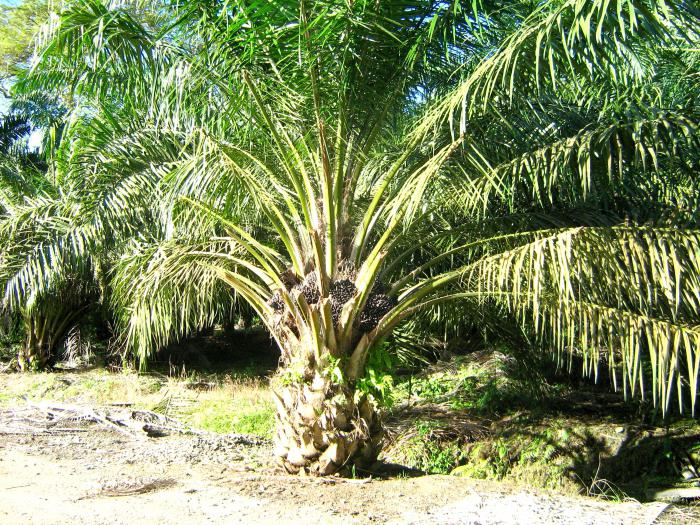The life of the entire savannah is directly dependent on its weather. With each drought, it loses its brightness, turning into a sea of sultry despondency and dried grass. At the same time, after several days of rain, nature becomes completely unrecognizable. This article will take a look at the most common African savanna plants.
Description
Savannahs are found in places in which the dry season lasts up to 8 months per year. The strong bark of very thick, short ones can sometimes reach 30 millimeters or more. It prevents the rapid loss of moisture and also protects plants from fire. With frequent fires, savannah plants practically do not suffer, only the outside of the bark is charred. The aboveground organs of the bushes burn out during fires, and those located near the soil surface form new shoots, thus rising from the ashes. The second feature of trees is their flattened umbellate or disc-shaped crowns.
Plants survive drought in another way - they store water. So, trees that have learned to do this on their own are distinguished by an interesting appearance: very thick branches and trunks, as well as fleshy leaves. These organs are the reservoirs in which the plants retain the moisture they need so much in such harsh conditions.
Cereals
Considering cereal plants, it is worth highlighting elephant grass. It got its name from the fact that elephants love to feast on its shoots. In those places in which the doge season is longer, the height of the grasses reaches three meters. The ground part of the shoot dries up in drought and is very often completely destroyed by fires, while the underground part is preserved, giving them new life after rains.
Acacia savanna
Acacia savannas are also common in Africa. Basically it is a whitish, Senegalese, acacia giraffe. Due to its flattened crown, the tree began to be called umbrella-shaped. The adhesives contained in the bark are widely used in industry, while wood is used to create expensive high-quality furniture.

Baobab
Continuing to talk about savannah plants, it must be said that its hallmark is a height of 25 meters, has a thick trunk (up to 10 meters in diameter), as well as a huge spreading crown. Not so long ago, a giant baobab was discovered in Africa with a trunk diameter of 44 meters, in addition, a height of 189 meters. Such plants of the savannah are long-lived, some of them are 5,000 years old. The baobab blooms for several months, with each flower only living one night. They are pollinated by bats.
Oil palm
Savannah plants are quite diverse. Among them there are also This plant has a lifespan of 120 years. It should be noted that the pulp of its fruit contains about 70% of the oil used in soap making. When the inflorescences are cut, the juice used for making wine is obtained.
Features of the animal world
The plants and animals of the savanna are always interconnected. The plant diversity listed above is the food for the majority of herbivores. The main part of them are antelopes:
- oryx;
- congoni.
Near the wildebeest, you can always see herds of Grant and Thompson's gazelles and zebras. All herbivores are excellent prey for various predators. Cheetahs, lions, hyenas and leopards maintain balance at the top of this food chain.

Savannahs on different continents differ in their floristic composition, but are united by the similarity of some features: the presence of the main herbal layer with an abundance of xerophilous grasses, as well as the upper rare layer of trees and shrubs that grow singly or in small groups.




